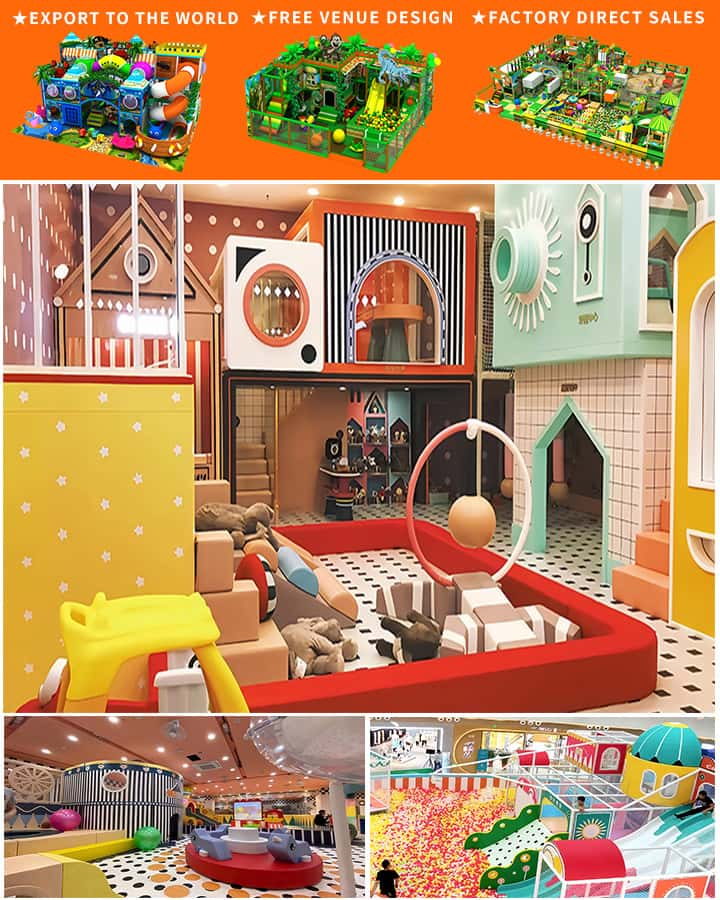Designing a play area for kids is no simple task, but it is an incredibly rewarding one. The goal is to create a space that not only keeps children entertained but also promotes their physical and mental development while ensuring their safety at all times. Here are some essential elements to consider when embarking on the journey of crafting the perfect kids’ play area.
Safety First
When designing a play area, safety should always be your top priority. Start by selecting a soft, impact-absorbent ground material like rubber mats or wood chips to cushion falls. Ensure that the equipment is age-appropriate; swings, slides, and climbing structures designed for older children can pose serious risks to younger ones. Additionally, keep sharp edges smooth, avoid hazardous materials, and make sure the area is securely enclosed with a low fence if possible, to prevent wandering.
Age-Appropriate Equipment
Kids of different ages have varying needs and abilities. For toddlers, consider low slides, sandboxes, and small climbing structures. Preschoolers might enjoy more challenging climbing walls, balance beams, and simple obstacle courses. School-age children often benefit from larger climbing structures, monkey bars, and multifaceted play systems that encourage physical activity and social interaction.

Inclusive Design
An inclusive play area caters to children of all abilities. Incorporate wheelchair-accessible swings and merry-go-rounds, as well as sensory-rich areas with tactile surfaces and calming spaces for children who may need a break from the sensory overload. Make sure pathways are wide enough for easy navigation and that all play equipment is reachable and usable by every child, regardless of their physical limitations.
Natural Elements
Incorporating natural elements into the play area design can be both beautiful and beneficial. Use natural materials like logs, rocks, and water features to stimulate children’s senses and imagination. A small stream, pond, or sand and water play table can provide endless opportunities for exploration and learning. However, ensure that water features are shallow and have gentle slopes to prevent drowning hazards, and supervise them closely.
Shade and Shelter
Children can easily get sunburned or overheated, so incorporating shade structures such as umbrellas, pergolas, or large trees is crucial. Shaded areas also help protect against unexpected weather changes. Consider adding a shelter or a gazebo where kids can retreat during rain showers or intense heat.
Educational Elements
While fun is the primary goal, educational components can turn a play area into a valuable learning environment. Interactive installations such as alphabet panels, number games, or even simple chalkboards can encourage literacy and numeracy skills. Nature trails with informational signs about local flora and fauna can foster curiosity and environmental awareness.
Maintenance and Upkeep
Regular maintenance is essential to keep the play area safe and enjoyable. Schedule periodic checks for wear and tear, and make repairs as needed. Clean the area regularly to remove dirt, leaves, and debris that could cause slipping or harbor insects. Keep equipment free of rust and corrosion, and reapply any protective coating as required.
Community Involvement
Engage the local community in the design and upkeep of the play area. Solicit input from parents, teachers, and even the children themselves to understand their needs and preferences better. Organize community events or volunteer days to maintain the play area and build a sense of ownership among local residents.
Designing a kids’ play area requires a thoughtful blend of creativity, safety, and practicality. By focusing on these key aspects, you can create a space that not only sparks joy and excitement in children but also supports their growth and development in countless ways.




